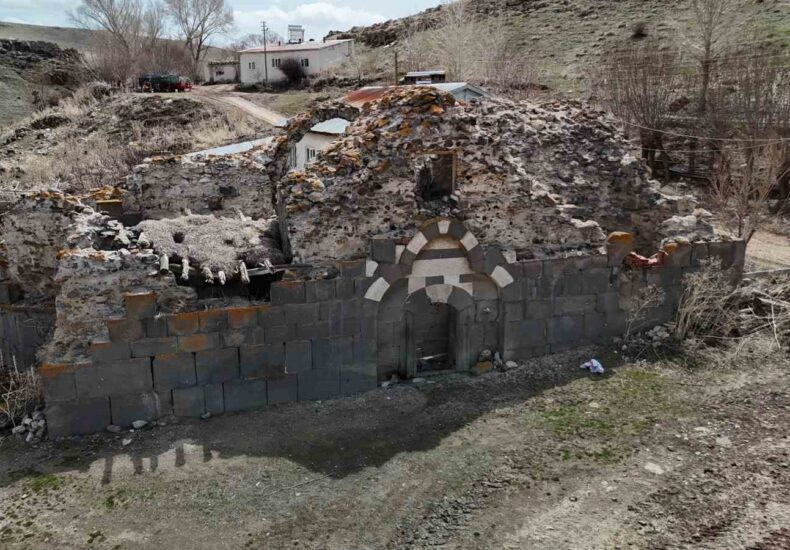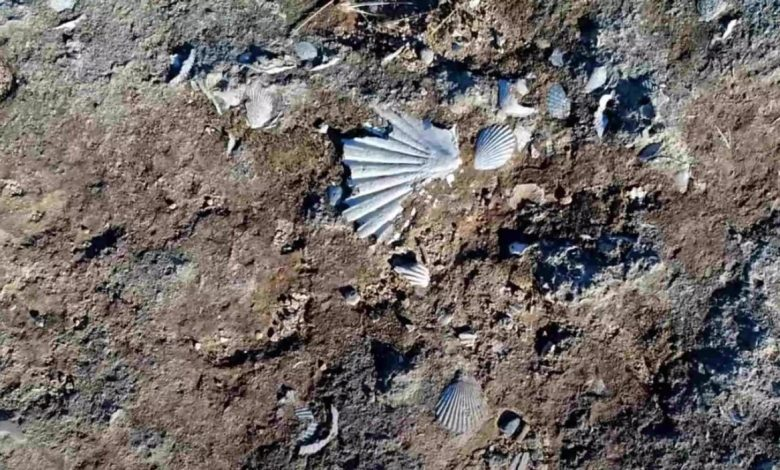In the relentless pursuit of constructing structures that stand the test of time, builders and scientists alike are turning to the past for answers. Across the globe, ancient civilizations created architectural marvels that continue to endure for thousands of years. These ancient constructions, from the Roman Empire to the Mayan cities and the Great Wall of China, offer invaluable insights into sustainable building practices that have the potential to revolutionize modern construction.
While contemporary concrete structures have a relatively short lifespan of 50 to 100 years, many ancient buildings have defied the passage of centuries. Scientists are now delving into the secrets hidden within these ancient edifices, conducting meticulous research to uncover the materials and techniques that have allowed them to endure for millennia.
Ancient Building Materials and Techniques
One of the key discoveries in this quest is the unconventional materials used in ancient construction. These materials include tree bark, volcanic ash, rice, beer, urine, and even organic extracts from trees. These unexpected ingredients were ingeniously incorporated into the building processes of ancient civilizations, resulting in remarkable properties such as self-repair and enhanced durability.
Roman Concrete's Resilience
The Roman Empire, known for its impressive engineering feats, utilized a unique form of concrete that has baffled modern scientists. This Roman concrete, used to build iconic structures like the Pantheon and aqueducts, has retained its integrity for over two millennia. Recent studies suggest that the self-healing capabilities of Roman concrete may be attributed to the uneven distribution of lime chunks within the material.
When cracks form, water seeps in, activating the pockets of lime and facilitating new chemical reactions that repair the damage. Another perspective on Roman concrete's longevity comes from the specific volcanic materials used in its composition. By gathering volcanic rocks left behind after eruptions, the Romans created a naturally reactive material that seals cracks over time, effectively allowing the concrete to sustain itself.
Mayan Wisdom: Using Tree Extracts
In Honduras, the Maya civilization offers intriguing insights into ancient building techniques. Mayan structures, exposed to a hot and humid environment for over a thousand years, have remained remarkably intact. Researchers discovered that the secret behind their longevity lies in the use of tree extracts, specifically from chukum and jiote trees, mixed into the lime plaster. The resulting plaster exhibits exceptional durability against physical and chemical damage, thanks to the incorporation of organic material from tree juice into its molecular structure. This method mimics the strength of natural structures like seashells and sea urchin spines.
Intentional Engineering vs. Natural Selection
While some ancient builders may have added various materials to their mixtures opportunistically, others showed a deeper understanding of their surroundings. In India, builders tailored their building materials to suit specific environmental conditions. For instance, they incorporated local herbs to combat moisture in humid areas, used jaggery to protect against salt damage along the coast, and employed lightweight "floating bricks" made with rice husks in earthquake-prone regions.
Bridging Ancient Wisdom with Modern Construction
While modern builders cannot replicate ancient recipes entirely, they can incorporate some of the unique properties of ancient building materials into contemporary construction practices. Startups are exploring Roman-inspired "self-healing" concrete, and scientists are working with the Army Corps of Engineers to design concrete structures capable of withstanding seawater corrosion.
Incorporating lessons from the ancients could significantly extend the lifespan of modern structures, reduce maintenance needs, and ultimately contribute to a more sustainable construction industry. As the threat of climate change looms large, there is a growing urgency to make construction practices more environmentally friendly. By looking to the past, we may find the solutions needed to build a more resilient and sustainable future.










